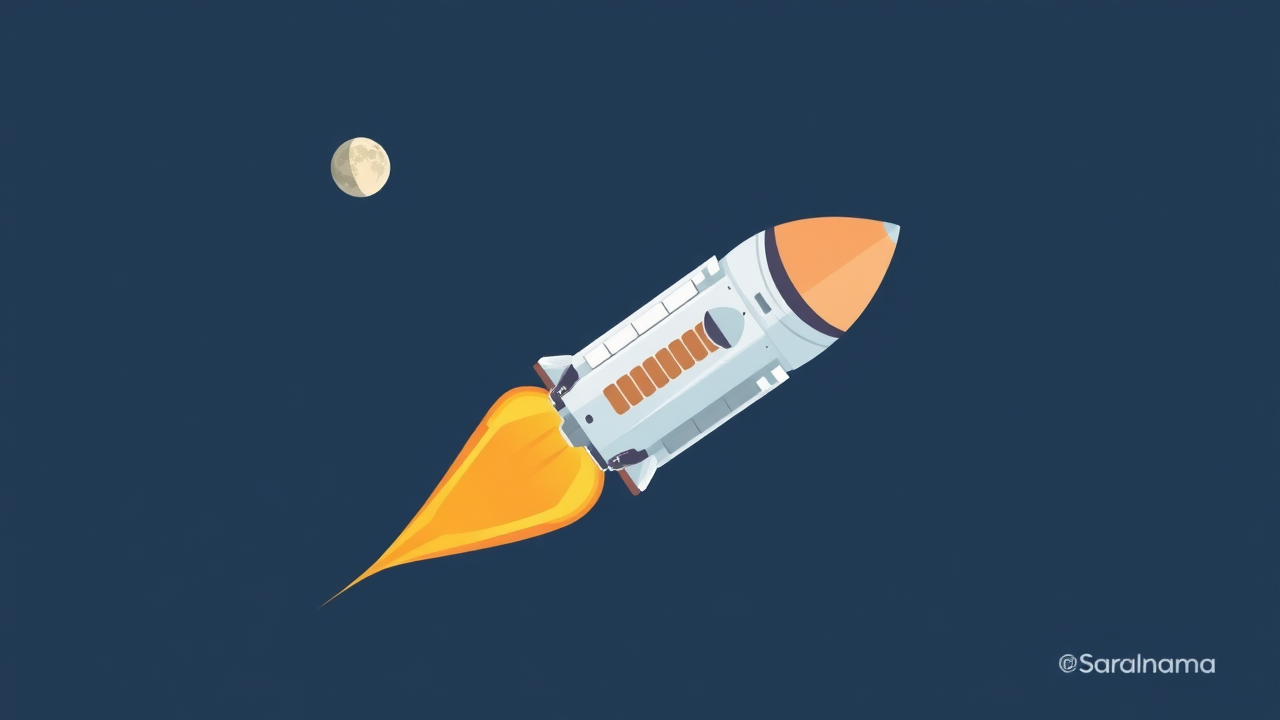India is on the brink of a historic space milestone with ISRO's Gaganyaan mission, which has reached 90 percent completion. The ambitious project aims to launch the country's first human spaceflight by 2027, placing India among an elite group of nations capable of sending astronauts into space. This mission represents a significant leap in India's technological capabilities and space exploration ambitions, showcasing the nation's growing expertise in complex aerospace engineering.

India's Bold Steps Towards Manned Space Exploration
The Gaganyaan mission marks a transformative moment for India's space program. ISRO has systematically developed indigenous technologies to prepare for this groundbreaking endeavor. The mission will demonstrate India's ability to design, develop, and launch a human-rated spacecraft capable of safely transporting astronauts to low Earth orbit. By investing in advanced life-support systems, re-entry technologies, and crew training programs, ISRO is not just attempting a space mission, but building a comprehensive human spaceflight infrastructure. The upcoming uncrewed test flights will validate critical systems and ensure maximum safety before sending Indian astronauts into space, reflecting a meticulous and cautious approach to this complex technological challenge.
Technological Prowess and Mission Complexity
Developing a human spaceflight mission requires extraordinary engineering precision. ISRO has been rigorously testing every component of the Gaganyaan spacecraft, including critical systems like parachute deployment, life support, and emergency escape mechanisms. The mission involves creating a spacecraft that can withstand extreme conditions, protect human life, and provide a stable environment during orbital flight. Advanced simulations and ground tests have been conducted to prepare astronauts for various scenarios they might encounter. By developing these capabilities domestically, ISRO is demonstrating India's technological self-reliance and advanced engineering capabilities in a domain previously dominated by a few global superpowers.
Astronaut Training and Mission Preparation
Preparing human beings for spaceflight is a complex and multifaceted process. ISRO has established specialized training facilities in Bengaluru where selected astronauts undergo rigorous physical and psychological preparation. These training programs simulate various mission scenarios, helping astronauts develop the skills needed to manage potential emergencies and perform critical tasks in zero-gravity environments. The training covers everything from spacecraft systems understanding to physical conditioning, psychological resilience, and technical skills required for space missions. Each astronaut represents years of careful selection, intensive training, and national pride in India's growing space exploration capabilities.
Global Context and Strategic Significance
By pursuing the Gaganyaan mission, India is positioning itself in an elite group of spacefaring nations. Currently, only the United States, Russia, and China have successfully conducted human space missions. India's entry into this exclusive club represents more than a technological achievement; it symbolizes the nation's growing scientific and strategic capabilities. The mission will provide valuable experience in human spaceflight, potentially opening doors for future international collaborations, scientific research, and technological innovations. It reflects India's ambition to be a significant player in global space exploration and demonstrates the country's commitment to pushing the boundaries of human knowledge and technological capability.
Uncrewed Test Flights: Ensuring Mission Safety
Before sending humans into space, ISRO plans to conduct three critical uncrewed test flights to validate all spacecraft systems. These missions will thoroughly test the launch vehicle, crew module, and critical life-support infrastructure. Each test flight represents a carefully planned step towards ensuring astronaut safety and mission success. The uncrewed tests will simulate various flight conditions, validate re-entry mechanisms, and confirm the reliability of all onboard systems. By methodically proving each component's performance, ISRO is following international best practices in human spaceflight preparation, prioritizing safety and technological readiness over rushed timelines.
Developing Indigenous Space Technology
The Gaganyaan mission is more than a space exploration project; it's a comprehensive effort to develop indigenous space technologies. ISRO has been working on creating domestically manufactured systems for launch vehicles, spacecraft components, life-support equipment, and advanced materials. This approach not only reduces dependence on foreign technologies but also builds a robust ecosystem of space-related research and manufacturing in India. By developing these capabilities, ISRO is creating opportunities for Indian scientists, engineers, and industries to contribute to cutting-edge space technology development, potentially transforming India into a significant global space technology hub.
Economic and Scientific Implications
Successfully executing the Gaganyaan mission could have far-reaching economic and scientific implications for India. It demonstrates the country's technological capabilities, potentially attracting international investments and collaborations in aerospace and related high-tech sectors. The mission will generate valuable scientific data about human adaptation to space environments, contributing to global research. Moreover, it could inspire a new generation of Indian scientists and engineers, creating momentum for further space exploration and technological innovation. The economic spinoffs from such advanced technological development could stimulate growth in related high-tech industries, research institutions, and educational programs.
Future Prospects and Space Exploration Vision
Looking beyond the 2027 Gaganyaan mission, ISRO is laying groundwork for more ambitious space exploration goals. The successful human spaceflight mission could be a stepping stone towards more complex space endeavors, such as lunar missions, space station participation, or even deep space exploration. The knowledge and experience gained from Gaganyaan will be crucial in developing more advanced spacecraft, understanding human physiological responses to space environments, and establishing India's credibility in international space research. This mission represents not just a technological milestone, but a vision of India's potential to contribute significantly to humanity's understanding and exploration of space.
Source: Link
